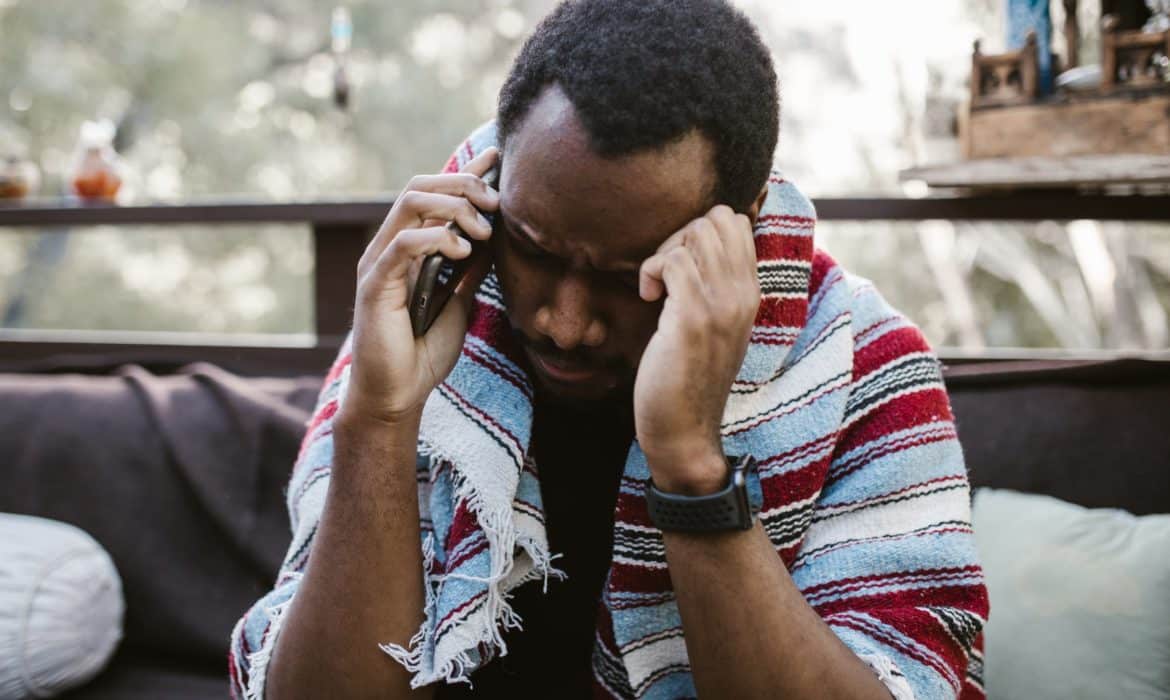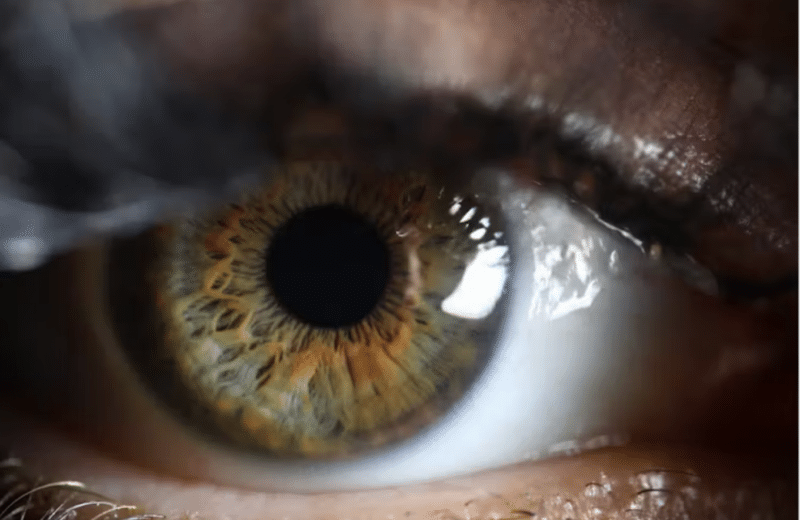A national mental health crisis line offers an alternative to 911, alleviating the need for law enforcement response to mental health issues.
The United States launched in July a national mental health crisis line: 988. People now have the option to call or text this free, confidential number instead of calling 911 during mental health crises.
Many mental health professionals have long advocated for this move. The goal: to let mental health providers respond to and de-escalate mental health crises, instead of expecting law enforcement to do so.
“988 is meant to be the alternative to 911 for mental health situations. It is the beginning of a long-term [project] to really reinvent how we respond to crisis,” says Andy Wade, executive director of the Illinois organization of the National Alliance on Mental Illness (NAMI) — the largest grassroots mental health effort.
The new 988 number replaces the longer, more difficult to remember National Suicide Prevention Lifeline (1-800-273-8255). Suicide is a leading cause of death in the U.S., according to the Centers for Disease Control and Prevention, with nearly 46,000 people dying of suicide in 2020. While 988 will field suicide-related calls, the number will also respond to other mental health crises, including substance use, trauma exposure, hallucinations or delusions, and more.
The federal government has invested $432 million into the service — an 18 fold increase from previous investment in the suicide prevention lifeline. Illinois will receive $10 million to $15 million per year in federal funds through 2024. The money will go toward hiring people to answer calls and texts, and providing services.
A work in progress
Mental health providers, community organizations, and legislators have been working toward 988 for years, though Covid-19 and increased awareness of society’s racial issues amplified the need for a response system that goes beyond 911’s law enforcement. Yet, there is still a long way to go, and responses vary considerably by state.
In Illinois, when someone calls 988, they will first hear a recording with options for veterans or Spanish speakers. The call centers — 200 nationwide, with six in Illinois — use Language Line Solutions for translation services in more than 250 additional languages.
Callers are routed to a crisis center with people trained in de-escalation and clinical suicide prevention. Texts and chats work similarly, though chat, via 988lifeline.org/chat, is English-only currently. People first go through a pre-chat survey and then connect with a counselor or receive a wait-time message.
Bhavana Muppavarapu, a volunteer with Crisis Text Line, says that volunteers try to connect with each person who texts. “We want to be empathetic and listen to what the texter wants to share with us first,” Muppavarapu says. The volunteers also gauge within the first 15 minutes of the conversation, whether there’s a chance of immediate harm.
Responders offer resources only if the caller asks for them and request a supervisor only if the caller appears to be actively suicidal and has a plan to carry it out or to harm others.
However, unlike 911, the new 988 doesn’t function as a dispatch service. In fact, 988 is not directly connected to local 911 dispatch centers, and 988 call centers cannot centrally deploy first responders or mobile crisis teams. If a caller needs an in-person response, each call center must coordinate with resources local to the caller.
Resource coordination is ongoing. A small percentage of Lifeline calls require 911 attention, and the counselor shares information with 911 needed to save the caller’s life.
Wade says that a good crisis support system has four pillars: someone to call, someone to respond, a place to heal, and systems and resources for continued support.
Unfortunately, connecting with local resources has proved elusive in Illinois thus far. Illinois has the lowest in-state answer rate of all 50 states. Just 20% of calls between January and March of this year were answered in-state, according to data published by the Lifeline organization. The other 80% had to be redirected to other states, which can have different and unfamiliar mental health landscapes for an Illinois caller.
“Illinois has a long history of neglecting mental health funding. And so we are considerably further behind many other states in terms of even having the old suicide prevention line system adequately manned by in-state operators,” Wade says. “988 is beginning to change that.”
Ohio, for example, has 12 crisis call centers, which wasn’t enough to meet the needs of their population. But Illinois, with 1 million more people than Ohio, only has six available crisis call centers. Additional federal funding for Illinois 988 call centers will help meet the people’s needs, but it it will take some time.
Cautious reform
While the 988 hotline is a step forward for mental healthcare, creating equitable, accessible, and appropriate outcomes will require much more effort, mental health advocates say. They warn that current responses to mental health crises aren’t always safe or non-coercive, and organizers have to be careful not to repeat past errors while working within the same systems.
Liat Ben-Moshe, PhD, associate professor of criminology, law, and justice at the University of Illinois at Chicago and author of Disability Incarcerated and Decarcerating Disability, says that people in marginalized communities might be wary of calling 988 for many reasons. They may fear that a call will result in surveillance, or that it could lead to a violent police response or non-consensual psychiatric medication or hospitalization.
“There’s an imbalance of power from the get-go. [Hotlines] have the potential to make that imbalance even bigger, and the consequences for that are very detrimental for particular populations,” Ben-Moshe says.
Disability justice advocates generally oppose reforms that replace policing with mandatory social services, that require medication compliance in order to get other services, and that rely upon forced restraint or surveillance.
The goal for 988, however, is to send mobile crisis response teams as the primary responders. Already up and running, these specialized mental health teams were established in 2021, but organizers are still connecting the pieces between call centers, crisis stabilization centers, and the traditional 911 system.
“The idea is that non-police mobile response becomes the main system, and police response is only incorporated when truly necessary, dramatically reducing our over-dependence on law enforcement as the first responder in mental health situations,” Wade says. “Many police who are trained in mental health crisis are among the biggest fans of this change-in-progress.”
There’s a long way to go, but spurred by a sense of urgency.
Wade says, “There is some urgency to this because mobile crisis response teams can dramatically reduce the frequency of avoidable misinterpretations and tragic escalations that cost us lives, especially in communities of color.”













